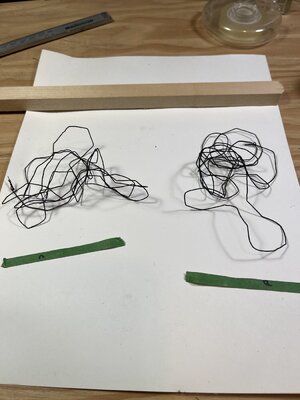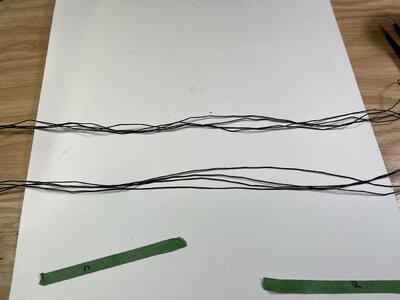I have used threads and strings from all kinds of sources. Online, kit threads, hobby and craft stores, and sewing stores. The one thing I have yet to do is get a rope walk and make my own. But I look for a few characteristics in what thread or string I dig up. The first is twist. The thread must not “twist” or untwist when pulled taught on the model. If it does I discard it. Another characteristic I look for is drape. Is the thread stiff or does it have enough softness or pliability to drape to shape. Drape helps when bending the threads to spars, masts, and dead eyes as well as making smooth, tight knots that do not unravel. I have found decent strings and threads in craft stores and sewing stores. I use regular sewing threads for binding rigging and for rat lines. I once found a superb craft string in Hobby Lobby at the right scale for standing rigging stays in scale 1/48 to 1/60. Notice that I did not comment on type of thread...cotton, polyester, or nylon...I don’t pay much attention as long as what I am using meets the twist test, has sufficient drape, and is within scale.
Last edited:











